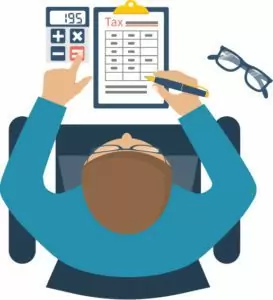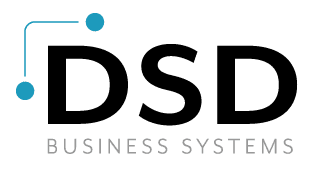Accounting Cycle: Influence on Management
Accounting is an inextricable part of management, and both share a symbiotic relationship with each other.
The accounting cycle has eight phases on the completion of which it is able to supply the management with the relevant numbers and financial data to make the appropriate decisions.
The accounting workflow is basically circular: transaction recording, manipulating such transactions through the entire accounting cycle, books closure at the accounting period’s end, and restarting the full cycle again.

The 8 basic steps of an accounting cycle are as follows:
- Transactions: A financial transaction triggers the process. A transaction may be in the form of a purchase, return or sale of a product, buying supplies for the business’s activities, or any other event that involves a financial activity. And we know there is lots of financial activity in this low tax environment but let’s get back on topic.
- Journal entry: All transactions are listed in an appropriate journal in chronological order as and when they occur. The journal is the “book of prime entry” and the first record in which any transaction gets listed.
- Posting: Every transaction gets posted to the appropriate account it These types of accounts are part of a General Ledger, which contains a summary of all accounts of the business.
- Trial balance: A trial balance is usually drawn at the end of an accounting period, which could be monthly, quarterly or yearly to check the arithmetical accuracy of the accounts kept so far. Both debit and credit sides of the trial balance must be equal, failing which there is a need to check for errors or omissions in the records kept.
- Worksheet: When such errors and omissions are detected, adjustments need to be made for rectification ad these can be tracked on a worksheet. Adjustments may also be made for asset depreciation and one-time payments like insurance, that need to be allocated monthly to match monthly expenses and revenues more accurately. After the adjustments are recorded, another trial balance is drawn up to ensure that the accounts balance.
- Adjustment of journal entries: You make all necessary corrections on the affected accounts, and the trial balance confirms that all accounts are in order. However, adjusting entries aren’t required unless the trial balance is drawn up and all required adjustments and corrections are identified.
- Financial statements: The income statement and balance sheet are prepared using all corrected and adjusted account balances.
- Books closure: The books containing records of all revenue and expense accounts are closed and the cycle restarted with a zero balance in all accounts.








